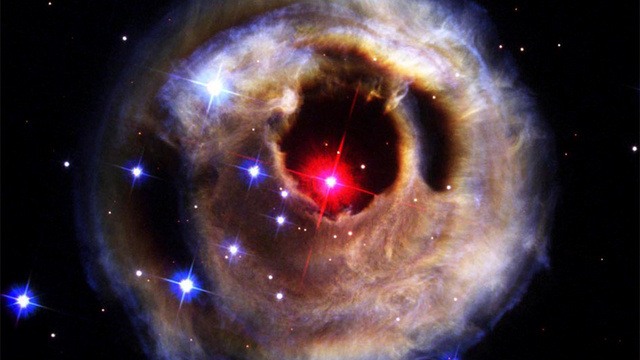Scientists to Recreate a Part of a Dying Star, Here on Earth
2014.01.14

Sometimes, experiments like "Recreating a dying star", on Earth, sounds like scientists are just flirting with the end of the world from the inside out. A team of astronomers and engineers want to reproduce the atmosphere of a star.
Dubbed "Project Nanocosmos", they will build three five meter long machines that work with hydrogen, carbon, nitrogen, oxygen, silicon, titanium, iron and other metals and keep them heated at 1500 C.
For the first time, Nanocosmos will design and build a machine capable of producing insterstellar dust grains emulating the physical and chemical conditions of the outer layers of dying stars.
In an interview with El Mundo (in Spanish), astronomer José Cernicharo—who designed the research along with astrophysicist Christine Joblin and material science professor José Ángel Martín explains:In a manner of speaking, we want to bring a star to the laboratory. Obviously, it's a very complicated object. We are not going to reproduce the star itself but only its atmosphere, the place where interstellar dust is formed. How can we do this? By building simulation chambers, two in Spain and one in France, to study the different physical and chemical processes that make these small particles of interstellar dust.
The dust grains that form around dying stars (red giants, planetary nebulas, and supernovas) are ejected to the interstellar medium where, after millions of years, they mix in new interstellar clouds that give birth to stars and planets, some rocky like Earth. We know their composition but not their structure or the fundamental process that form them.
More Articles
Copyright © Fooyoh.com All rights reserved.